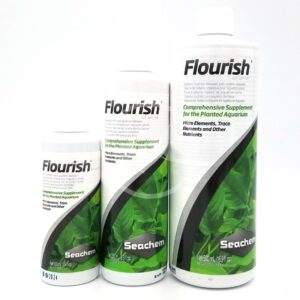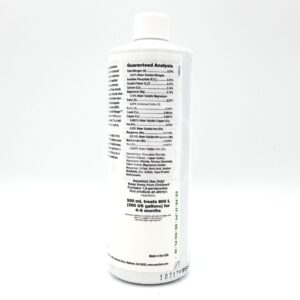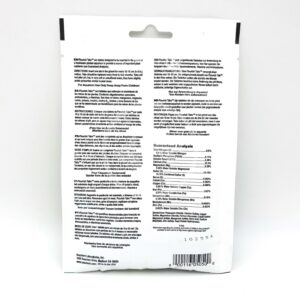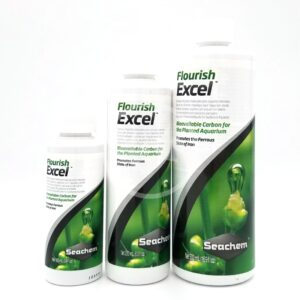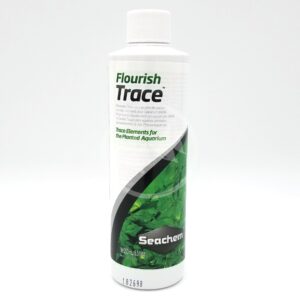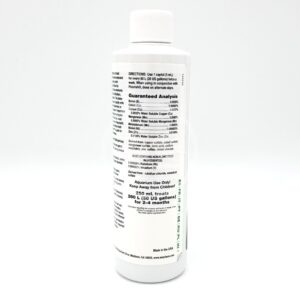Aquatic Plant Guide
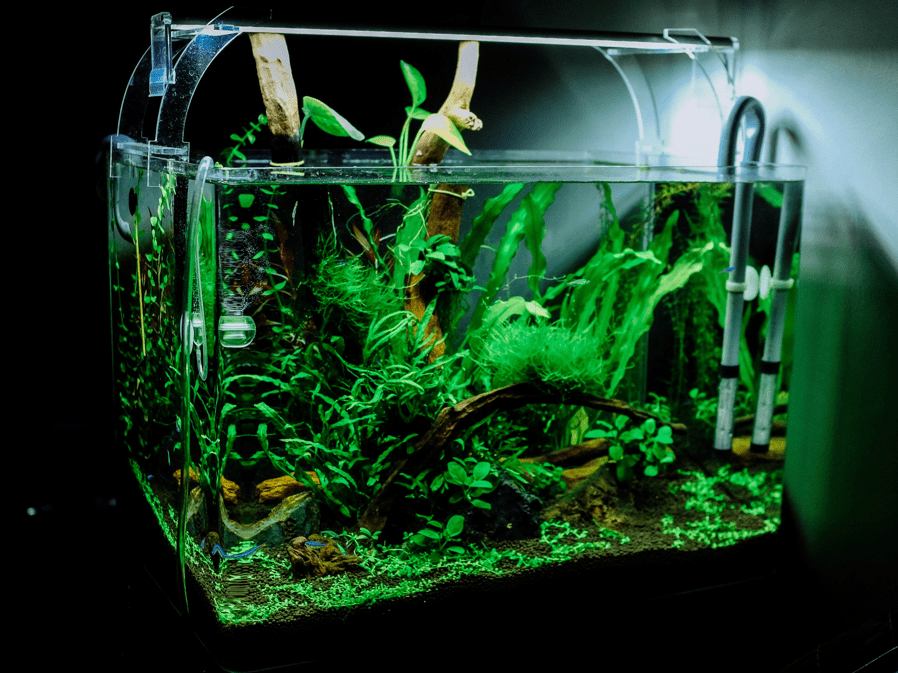
LIGHTING – NUTRIENTS – CO2 – SUBSTRATE
There are endless things to discuss when it comes to setting up a successful planted tank. This guide will cover some of the important aspects of keeping planted aquariums.
CAN YOU KEEP PLANTS WITH YOUR FISH?
Just because you bought it, does not mean they will not destroy it. Just like any other wild animal, you cannot tell a fish not to eat what it would naturally eat or mess with in the wild.
If you know you do not want your fish eating or uprooting your plants, then please avoid the following fish:
Goldfish, Buenos Aires Tetras, Red Eye Tetras, Silver Dollars, Tinfoil Barbs, larger varieties of Catfish, and the greater majority of all Cichlids.
LIGHTING
Proper lighting will make or break your ability to keep plants.
Note: Ambient light and natural sunlight may grow algae, but are not enough to grow most aquatic plants. If you do not have a light that has the capacity to grow plants on that particular tank, you will not be successful regardless of how long the light is left on. The majority of plants do best at 8 hours of light. This means that they will not do any better if you run it longer than That. However, they could do worse if the algae is taking over. This is why most people opt for putting their light on a timer. Feel free to set them to be on whenever suits you best, but please do not run your light as a night light. Ideally we would recommend that you work with your light between the hours of 6am and 10pm.
The majority of light choices these days heavily lean toward LED lights. Plant LED strip lights have the right spectrum for growing plants, but do eventually have a limit on how far down that “intensity” reaches. An LED light is meant to be energy efficient, when you do so you also lose its ability to keep its strength the further you go down in the water column. Pendant LED lights have a different physical construction optimizing its intensity for better depth penetration. This is why pendant lights are commonly chosen for tanks taller than 12”. Having a better physical construction as well as more customizable features, helps to more easily achieve the desired results. To make shopping for a new light easy, all of our LED lights have spec cards. This is a great tool if you are trying to find the LED light that is right for you.
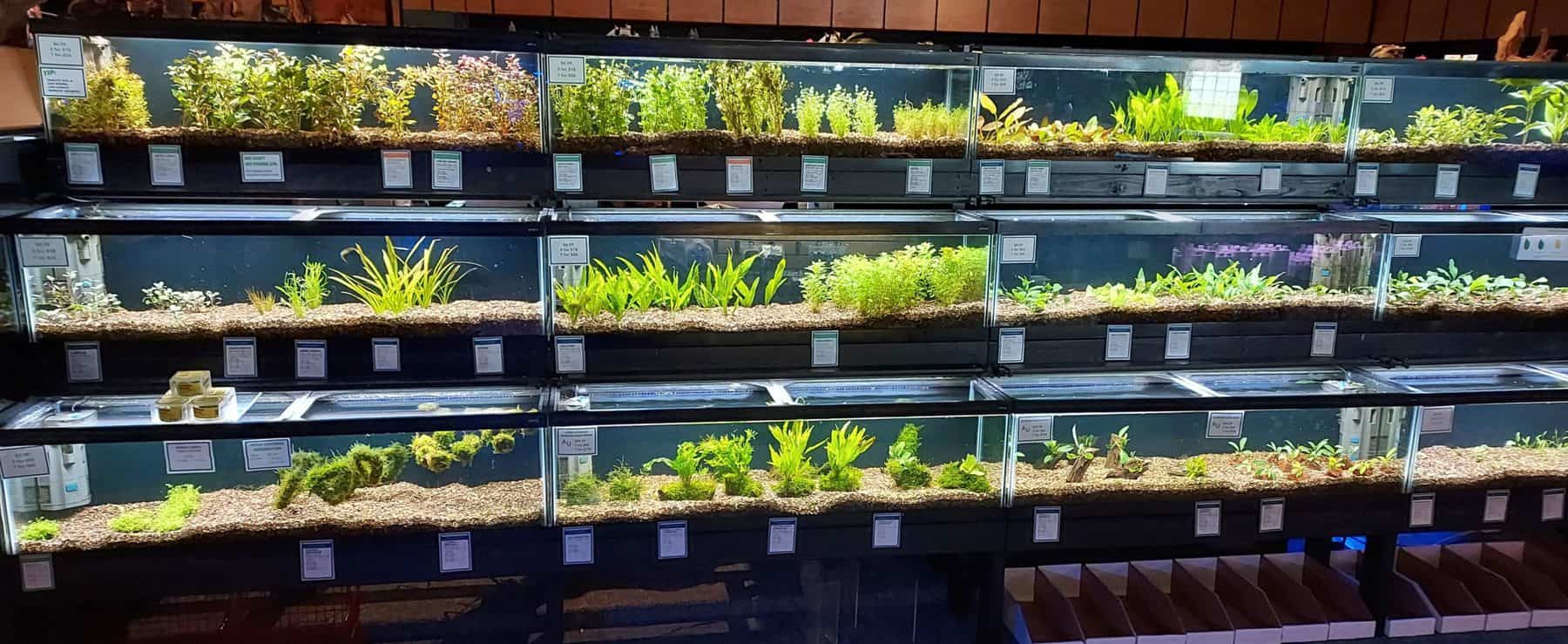
NUTRIENTS
Now that we have the correct light, let’s figure out how to provide the proper nutrients. “Wait, I thought the plants helped me clean the tank and now I have to feed them?!” This statement is partially true. The plants do aid in cleaning the tank, but there are other nutrients besides fish waste that they may require in order to remain healthy and to grow.
KEY NUTRIENTS:
Nitrogen, Carbon, Potassium, Iron, and Phosphorous
Set-ups may not need any fertilizing intervention, but some might. There are too many factors that contribute to how this may pan out, but the plants will always let you know if they are missing a key ingredient. They may turn brown, lose leaves, stop growing, and/or obtain holes. These tend to be symptoms of some sort of problem or deficiency. Most of these visual cues usually coincide with a particular nutrient they are asking for. If you would rather have plants that need little to no intervention, then stick with Anubias, Crypts, Mosses, and Swords.
SEACHEM FLOURISH
$6.99 – $15.99SEACHEM FLOURISH EXCEL
$6.99 – $88.99SEACHEM FLOURISH TRACE
$8.99 – $89.99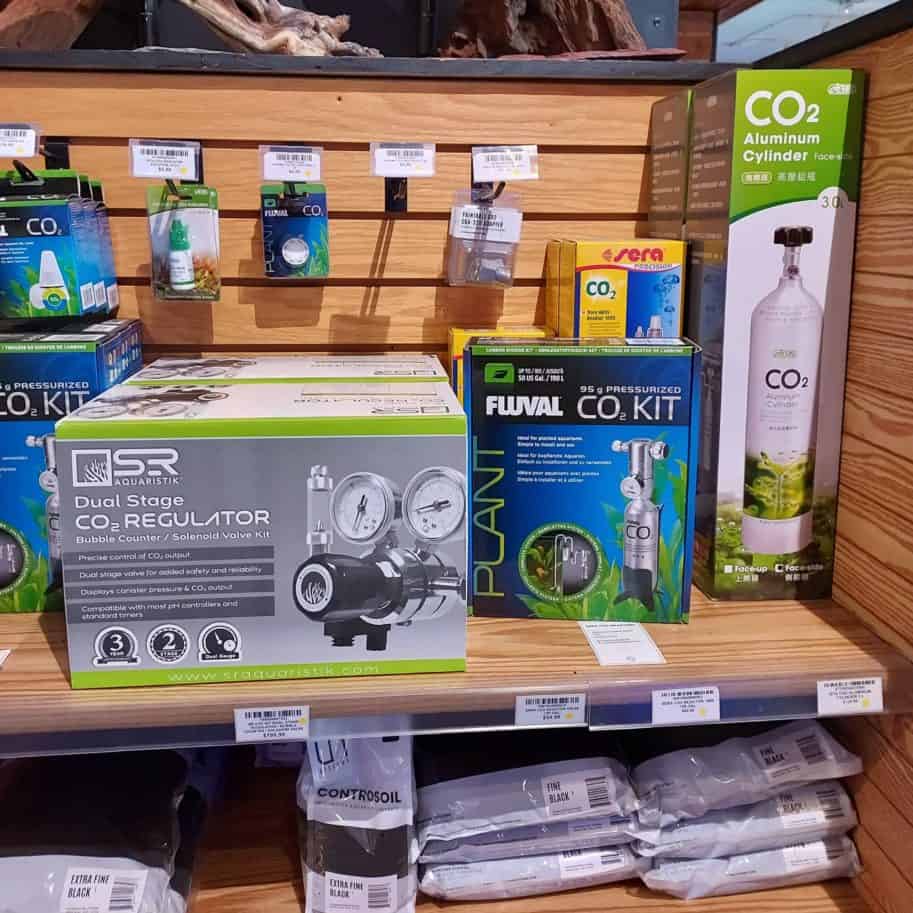
CO2
Let’s try to keep this part simple. Plants need Carbon Dioxide (CO2) to make Oxygen (O2). Fish in your aquarium will produce CO2. The plants will use the CO2 and make O2… but this Balance in an aquarium is rarely perfect. Filters and air pumps produce oxygen while they work. This is beneficial in most cases, but is counterproductive in a plant tank. While filters and pumps are “pushing in” O2 they are also “pushing out” CO2. A lot of times this is why you see heavily planted aquariums with little to no surface movement. Less surface agitation will keep more CO2 in the tank for the plants to use.
Yes, you still should run a filter, but just keep the tank topped off to minimize splashing.
No, do not continue the use of an air pump since this does tend to result in algae problems due to your plants not receiving enough CO2.
Do you need to dose CO2?
Yes and no. There are some plants that need CO2 to thrive, while others will grow well without. Almost all plants will positively benefit from dosing CO2.
Seachem makes a Carbon fertilizer called Flourish Excel.
This is a great way to add carbon and yield some of the same benefits without having to dive into a CO2 system right away. If you are unsure if your plant is one that needs it or can live without it, please ask an associate or refer to our plant info cards.
SUBSTRATE
SOIL
These substrates were produced with the aquarium plant hobby in mind. They are nutrient rich “soil.” Their round shape allows for excellent nutrient and gas exchange. This allows your nutrients to freely move through the soil as well as letting the beneficial bacteria work at its best. The soil substrate itself also provides a great host of nutrients to kick start your plant growth while also helping to buffer your water to a more desirable pH. If this pH shift is not something you are sure about, please ask an associate for more information.
NOTE: Please do not use dirt (meaning soil from the garden section at a store). We do not find it easy or wise to work with in an aquatic application.
PLANT GRAVEL
Seachem makes a few different size and color varieties. This type of media provides long term slow release minerals that are beneficial to plant growth.
STANDARD GRAVEL
This will not provide any nutrient housing, but still provides good nutrient and gas exchange. You will tend to lean more heavily on fertilizers at the beginning, but with time it will also accumulate natural nutrients that will help in the long run. This option is also the most inexpensive.
SAND
Our least favorite as the main planting medium. This is due to it packing tightly and not providing a good way for nutrients to move through it. The biggest concern with sand is its inability to breathe adequately. Not letting good gas in, or bad gas out can cause problems in the long run with toxic anaerobic areas. If sand is not maintained properly, the toxic gas can build up and release. In large enough amounts, this can kill fish.
